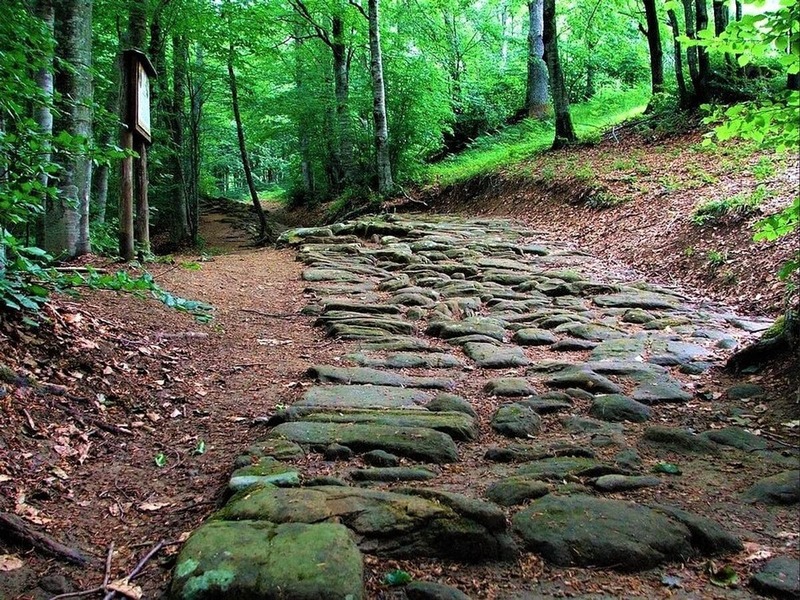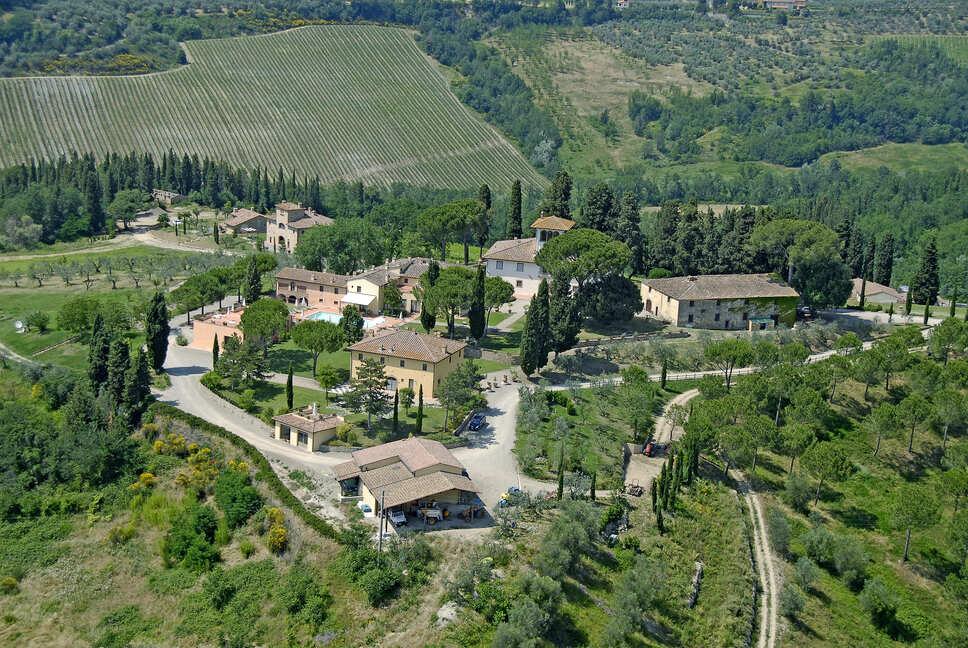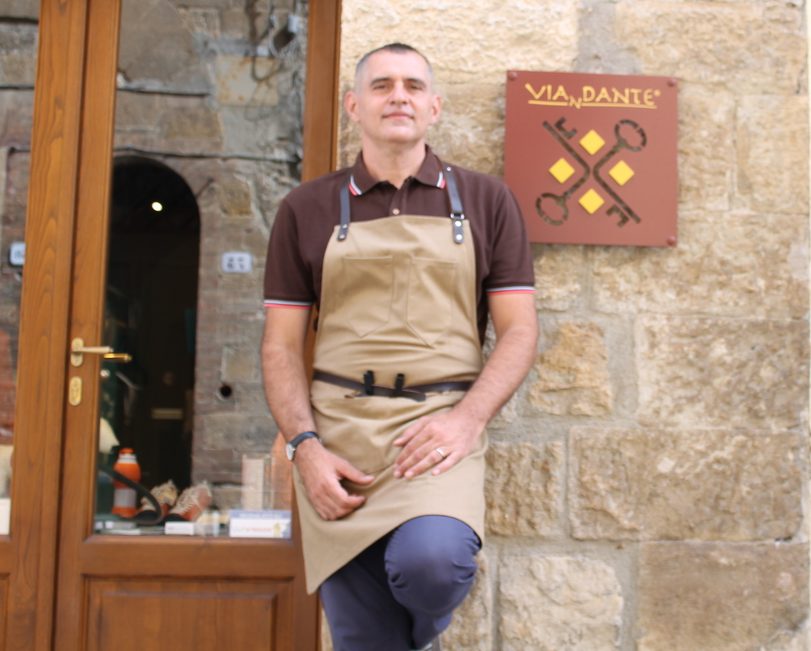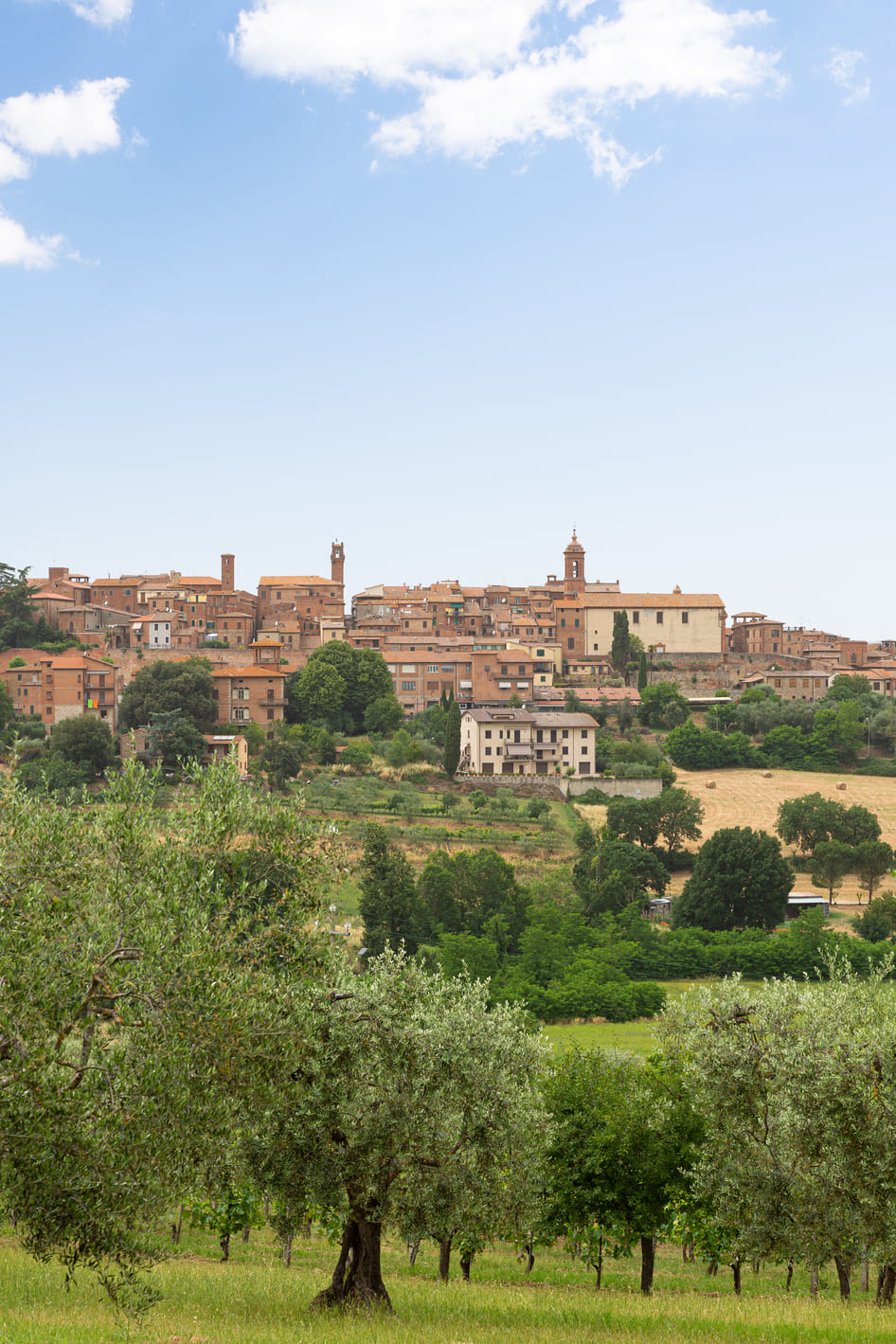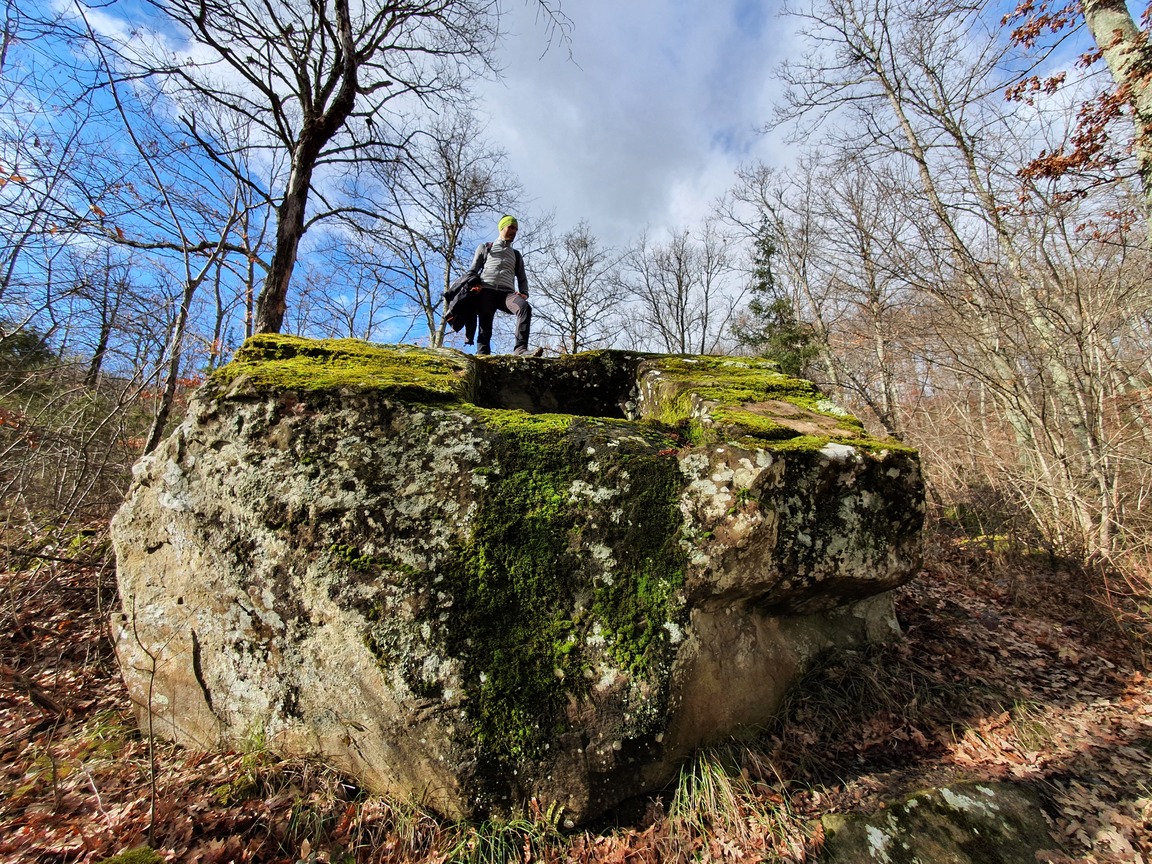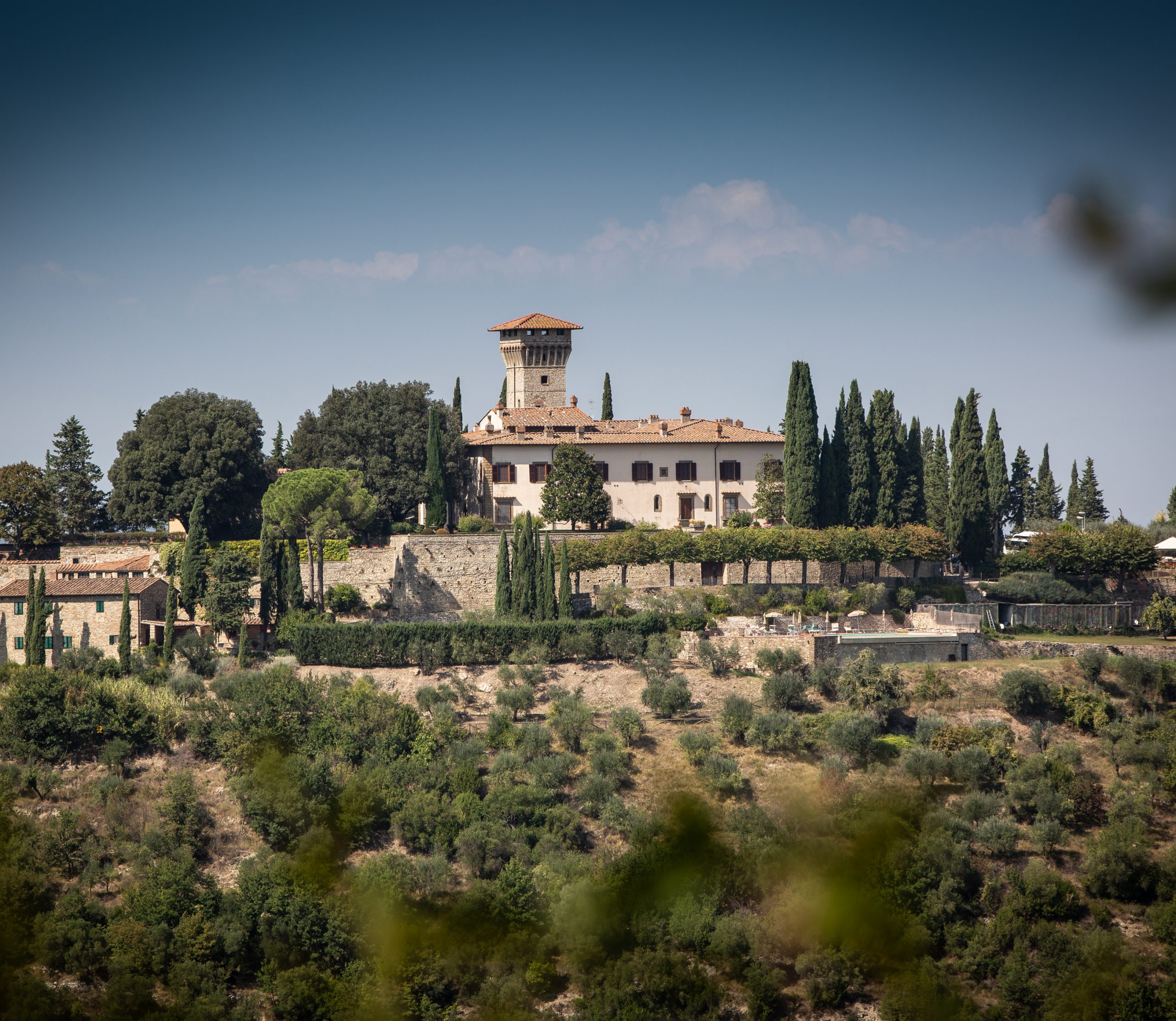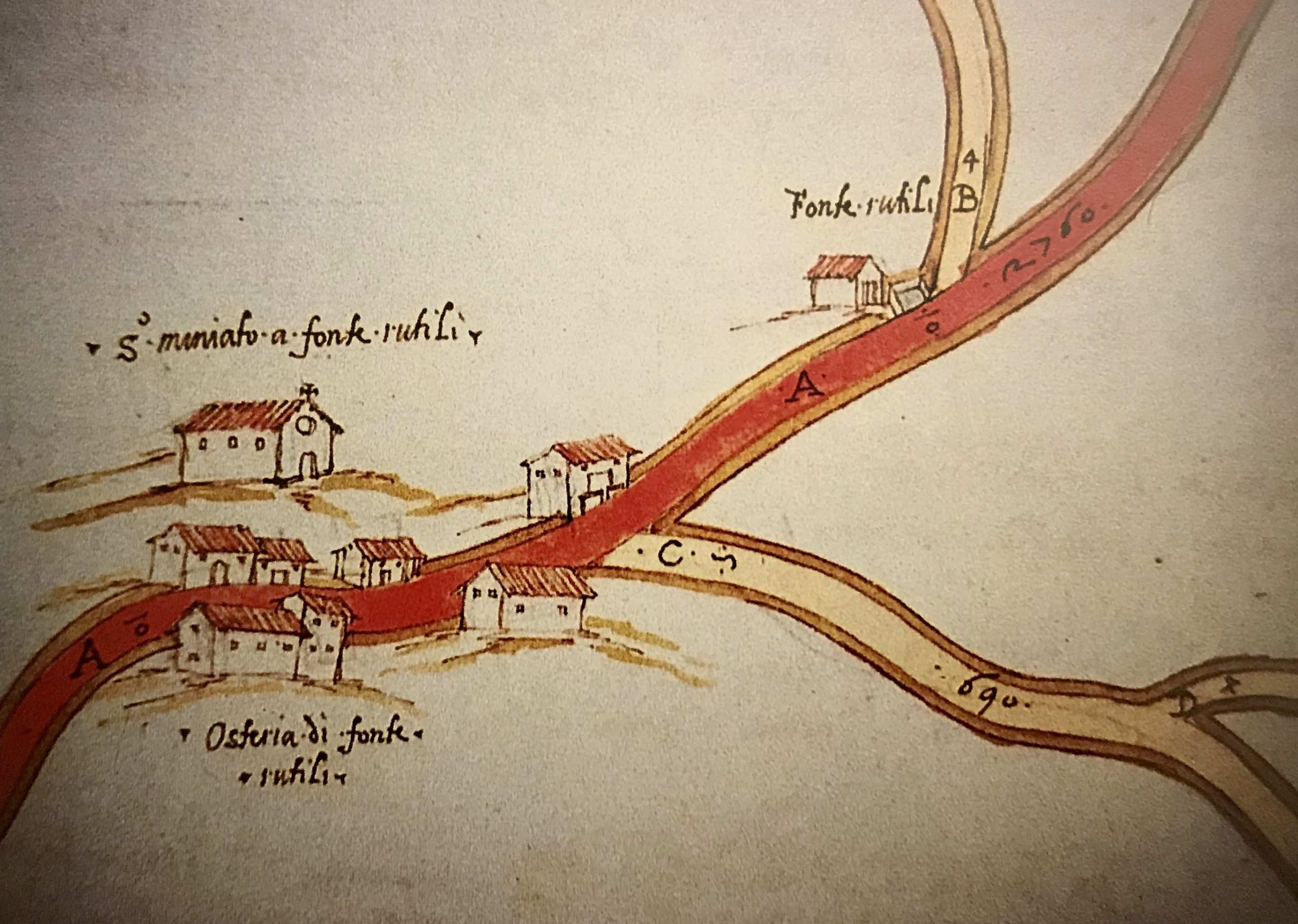The numerous nature reserves and lush forests offer ideal routes for hiking, trekking and cycling, while small lakes and rivers such as the river Sieve are perfect for a canoe trip or an afternoon of relaxation.
read more >Tag: trekking
Today, thanks to an ambitious restoration and enhancement project, the estate has been reborn as a top-level tourist destination: the historic buildings have been carefully renovated, preserving the original architecture and introducing all kinds of comforts to pamper guests and ensure an unforgettable vacation. The estate offers a refined variety of experiences, from wine tastings to vineyard walks, cooking classes to excursions in the Tuscan countryside: each activity is designed to immerse visitors in the beauty and culture of the region, offering an authentic taste of Tuscan life.
read more >It is clear that the attraction of the moment in Umbria is the Tibetan bridge of Sellano, a brilliant idea made possible thanks to the foresight and determination of the municipal council; in this issue of Valley Life we will tell you about this jewel forged by the waters and set among rocks, woods and crystalline rivers: Sellano, with its stone villages (which comes from the local quarries) clinging to the mountains of the Umbrian Apennines.
read more >“VIAnDANTE – Massimiliano explains – is for explorers, dreamers and the curious who follow a path so as to nourish the body, mind and soul”. We are in the centre of San Quirico d’Orcia, in the middle of the Via Francigena: “We were inspired by the itinerary of Sigeric, the Archbishop of Canterbury, who began the journey in 990 AD and during the journey noted the stages of the route thereby creating the oldest extant record of the Via Francigena”.
read more >Torrita, once called “Turrita”, is first mentioned in a document dated 1037 where it is listed as the property of the Benedictine Abbey of Sant’Antimo near Montalcino. As a fortified town with a surrounding wall and four towers, it later served as a military outpost for the defense of Siena’s border with neighboring Montepulciano. Later still, the town held Florentine ambitions at bay until it finally fell to the imperial forces of Charles the First in 1554 and the entire area passed into the Florentine Grand duchy.
read more >The Nature Reserves present in the vallys lend themselves perfectly to this purpose: “The Rognosi mountains with their ophiolites and black pine, the Alpe della Luna with its Sandstone Marl and venerable beech woods, the floodplain of the Tiber, the Alpe di Catenaia and other noteworthy areas have a series of internationally important itineraries and paths passing through them.
read more >The Castle has been owned since 1964 by the Matta family, who in the 1980s began in the accommodation business with six apartments inside the castle. Currently there are 16 guestrooms, including those inside the castle and the suites in the rectory. Under the walls we find an enchanting swimming pool with a panoramic view over the valley, a delight for the eyes.
read more >Amongst the great variety of temporal and spiritual potentates that dot the history of Italy, the Holy Roman Emperor Otto III passed through here (remembered by the Edict of Fonterutoli of 998 which put an end to the territorial conflicts of the dioceses of Siena, Arezzo and Fiesole), then Pope Leo X who left Rome and stopped in Castellina to meet the freshly nominated King of France in 1515; here came the Guelph troops who came down from Florence for the Battle of Montaperti (4 September 1260) and were soundly defeated; an earthquake for the European geopolitical scenario in favour of the Empire and the Republic of Siena. We also remember how Filippo Brunelleschi passed here to remodel the fortresses of Castellina, Staggia and Rencine. We also recall, for various reasons, various famous personalities who were here for work or residence, such as Niccolò Machiavelli, Jacopo della Quercia, Lisa Gherardini and Michelangelo Buonarroti.
read more >